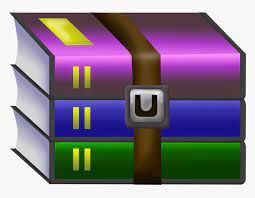$25
MIS281N - Final Project, - Solved
The project provides you an opportunity to design and implement an integrated data management architecture for a real-world company.
Project
1. Pick company and data management strategy – Please select a real-world company (e.g. Johnson & Johnson, United Health, Walmart) from the industry that your team was assigned. Review publicly available information about this company and then articulate what you believe should be the data management strategy for this company, including the benefits that will accrue to the company from this strategy. For this part of the project, you should be guided by the discussions in class. You will want to be able to justify this decision and briefly share your reasoning during your presentation.
2. Model and Implement 3 OLTP systems – For the selected company, hypothesize 3 transaction management applications that you believe this company needs to run their business. Examples of transaction management application include software solutions to support business processes such as procurement, accounts payables, product/service creation (or manufacturing), inventory management, shipping, order processing and sales, accounts receivables, and service/support like call center operations and ticketing systems.
For each of these applications, articulate the data model of the relational database that supports the application using LucidChart, Draw.io, or some tool you all are comfortable with.
Please keep in mind that the workload supported by a transactional database involves, for the most part, single row inserts and updates and simple read queries that do not include many joins.
Write the DDL for this data model and implement this model in Oracle. Next, either using publicly available data or manually created data, seed the tables with data. You will not be evaluated on the volume of seeded data. TIP: Check out Mockaroo for manually creating dummy data
3. Model a Normalized Enterprise Data Warehouse – Use the 3 transactional databases created in the previous step, to design the normalized data model for an enterprise data warehouse for this company using similar tools as above.
Write the DDL for the enterprise data warehouse data model and implement it in Oracle. Note: You do not need to populate your database warehouse with data.
4. Exploiting semi-structured and unstructured data – Pick two semi-or-un-structured data sources relevant for your systems and/or industry. For each source, describe what they are, why they are valuable, and what specifically will you need to do in order to integrate this data effectively with your data eco-system. Just explain this in a short paragraph format and be concise.
5. Secure the data via authorization – Pick the biggest OLTP system above and create a role/access matrix populated with the key object privileges (i.e. CRUD) at a table level for a minimum of three industry-relevant roles.
6. Data Governance – For your selected company describe the data governance mechanism that you will implement? Explain your rationale.
7. Conclusions – Critically reflect on your learning from executing this final project.
· What did you learn?
· What was most valuable?
· How can you use this learning going forward?
· What are additional opportunities for learning that this project did not capture?
· How can we change this project to capture these opportunities?



